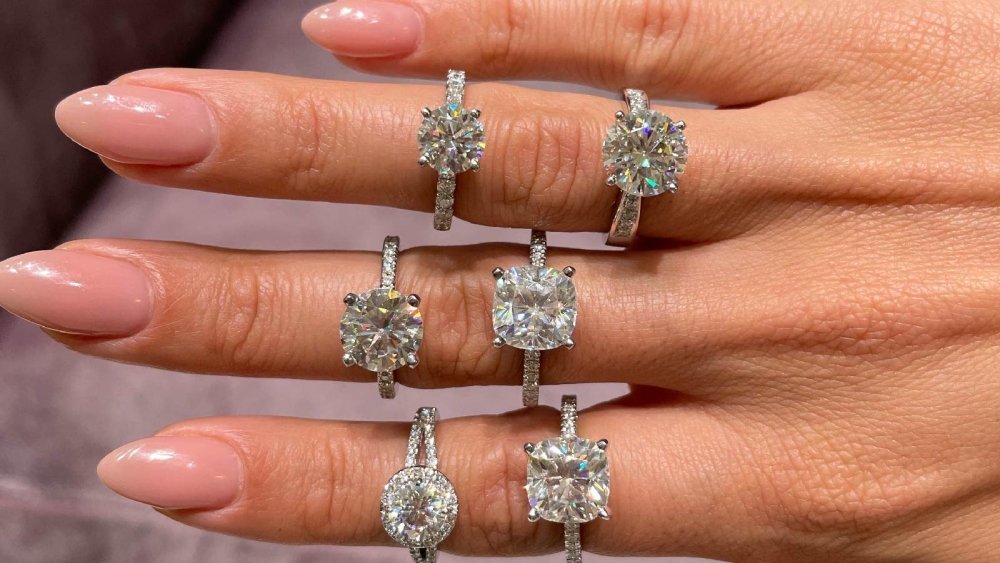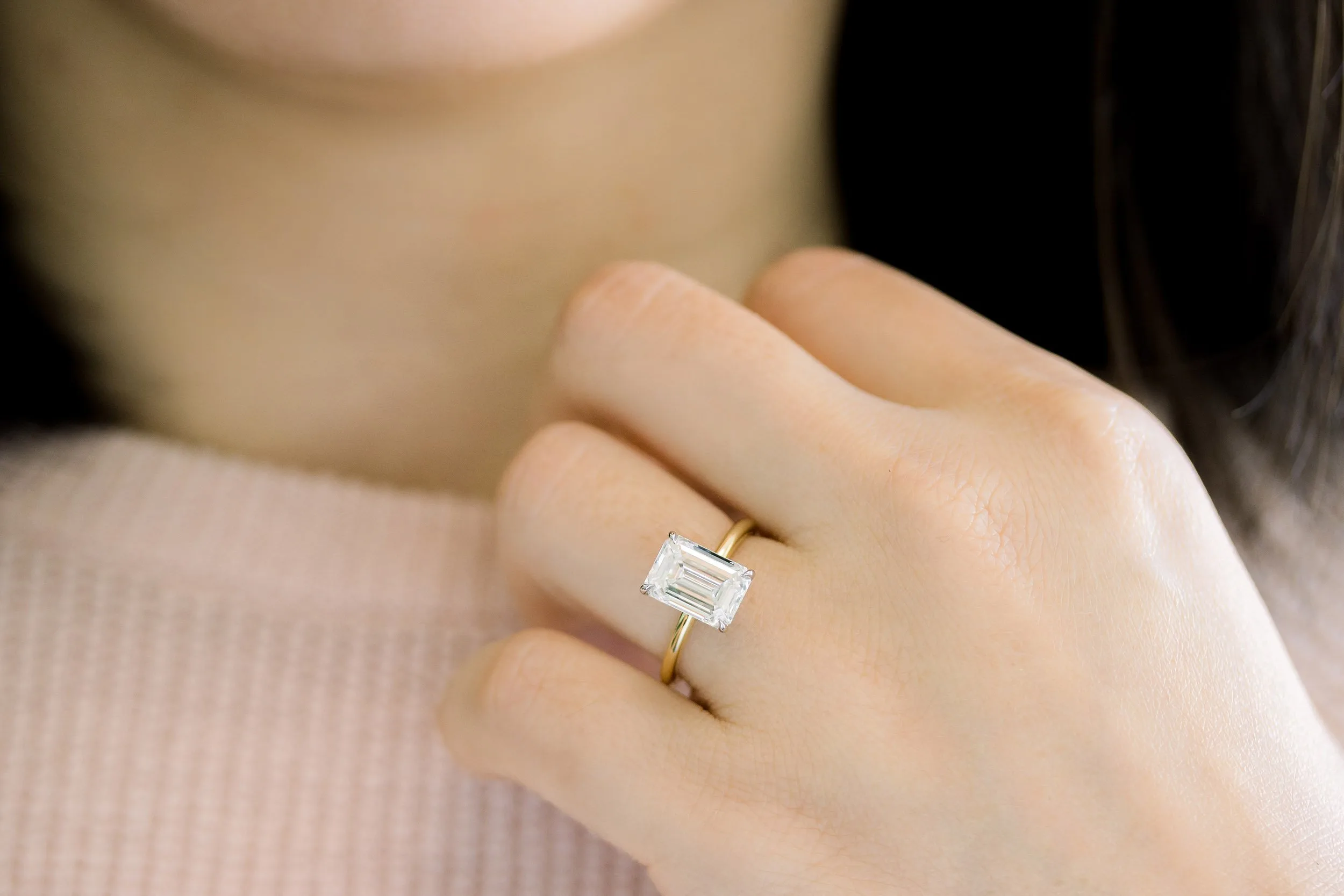Diamond vs. Moissanite: A Comparative Guide

Diamond vs Moissanites have long been considered the quintessential gemstone for engagement rings and other fine jewelry, revered for their brilliance, hardness, and tradition. However, moissanite, a lab-created gemstone, has gained popularity as a more affordable and eco-friendly alternative. This article explores the key differences between diamonds and moissanite to help you make an informed choice when considering these gemstones for your next piece of jewelry.
1. Origin and Formation
- Diamonds are naturally occurring gemstones formed deep within the Earth’s mantle over billions of years, under intense heat and pressure. They are mined from the earth, often requiring significant environmental and labor-intensive processes.
- Moissanite is a lab-created gemstone, originally discovered in a meteorite crater by French chemist Henri Moissan in 1893. Today, moissanite is synthesized in laboratories, ensuring consistent quality without the environmental impact of mining.
2. Appearance and Brilliance
- Diamonds are valued for their exceptional brilliance, fire (dispersion of light), and scintillation (sparkle). Their unique crystalline structure allows them to refract light in ways that few other gemstones can.
- Moissanite also exhibits high brilliance and fire, often exceeding that of diamonds due to its higher refractive index. While both stones sparkle, moissanite tends to exhibit a more colorful and intense fire under certain lighting conditions.
3. Hardness and Durability
- Diamonds are the hardest known natural substance, rated 10 on the Mohs scale of mineral hardness. This makes them highly durable and resistant to scratches lab grown diamonds, ideal for daily wear in engagement rings and other frequently worn jewelry.
- Moissanite is also extremely hard, rated at 9.25 on the Mohs scale. Although not as hard as diamonds, moissanite is durable enough to withstand everyday wear and tear without significant damage.
4. Cost and Value
- Diamonds are generally more expensive than moissanite, with prices varying based on factors like cut, color, clarity, and carat weight. The cost of a diamond can be significantly higher than a comparable moissanite.
- Moissanite offers a more budget-friendly option, often costing a fraction of the price of diamonds. This affordability makes moissanite a popular choice for those seeking high-quality gemstones without the premium price tag.
5. Ethical and Environmental Considerations
- Diamonds have faced scrutiny due to ethical concerns surrounding mining practices, including conflict diamonds and environmental degradation. Many companies now offer ethically sourced and certified conflict-free diamonds to address these concerns.
- Moissanite is considered more eco-friendly, as it is created in laboratories without the need for mining. This makes moissanite an attractive option for environmentally conscious consumers.
6. Distinguishing Features
- Diamonds have unique inclusions and imperfections that can be seen under magnification, helping to distinguish them from other gemstones.
- Moissanite typically has fewer inclusions and often has a double refraction, which can be observed under magnification. Additionally, certain testers designed to identify diamonds can sometimes give false positives with moissanite, requiring specialized equipment to distinguish between the two.
Conclusion
When choosing between Diamond vs Moissanites, consider factors such as budget, ethical concerns, and personal preferences. If tradition, natural origin, and long-term value are important, diamonds might be the best choice. However, if cost, eco-friendliness, and high brilliance are more crucial, moissanite offers an excellent alternative. Ultimately, both gemstones can make beautiful, durable, and meaningful additions to any jewelry collection.






